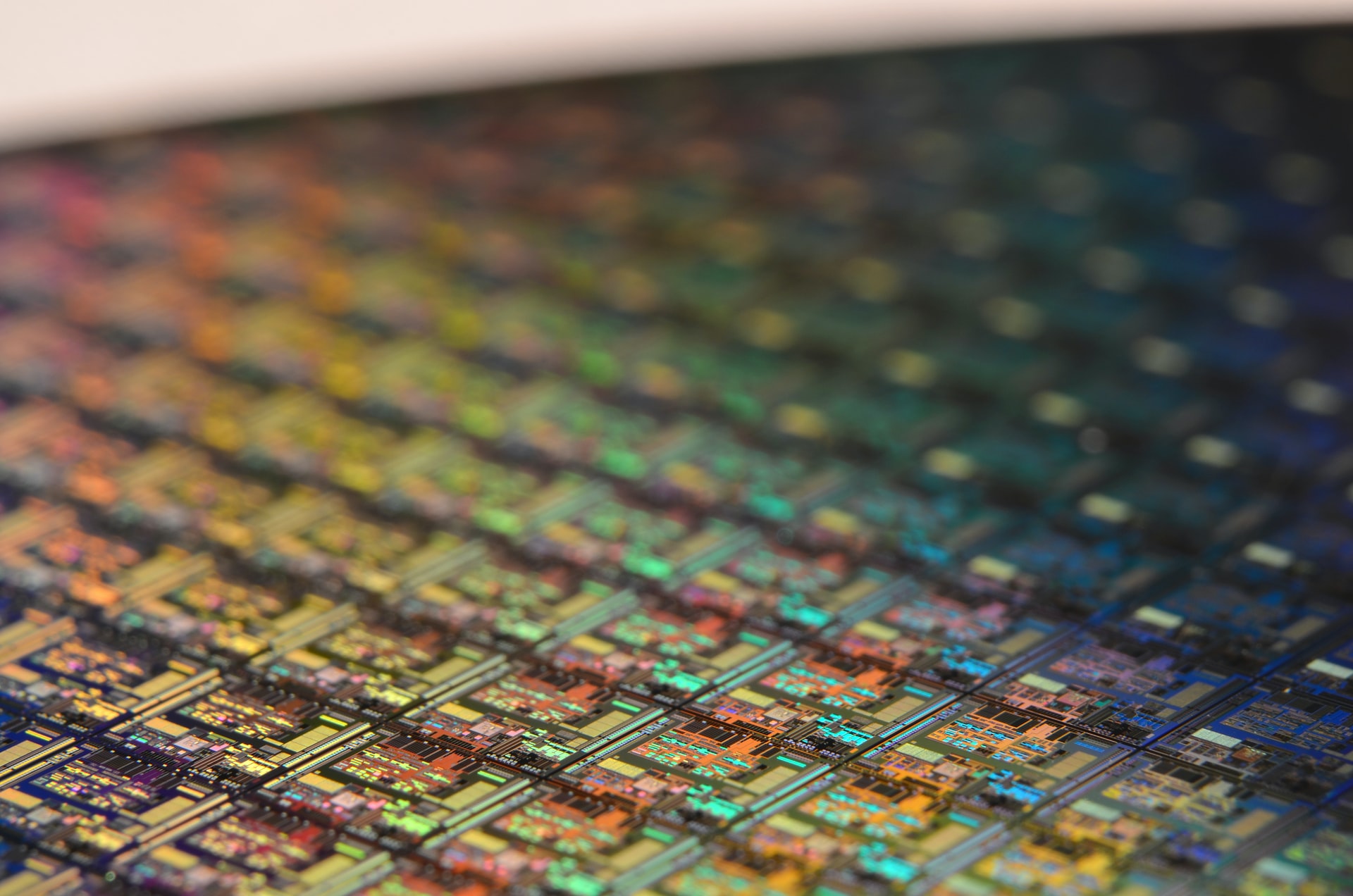Microchip, here’s how China tries to react to US blocks

To react to the American restrictions, China has developed an incentive plan for the national microchip industry worth 143 billion over five years. Beijing aims for technological self-sufficiency, but its companies start at a disadvantage. All the details
China is working on a $143 billion support package for its semiconductor industry. It aims to help the industry achieve technological self-sufficiency at all stages of the supply chain, after export controls issued by the US, Japan and the Netherlands prevent Chinese firms from accessing advanced microchip manufacturing machinery.
CHINA'S NUMBERS AND GOALS ON MICROCHIPS
The stimulus plan, revealed by Reuters , is one of the largest ever issued by Beijing and will be rolled out over five years, mainly in the form of subsidies and tax credits for semiconductor research and manufacturing. Without state-of-the-art microchips, the country cannot develop artificial intelligence, supercomputing and other innovative technologies, and consequently cannot even realize its ambitions of economic and political power.
The plan could be implemented perhaps as early as the first quarter of 2023. According to agency sources, most of the financial aid will be used to subsidize – up to 20 percent of the cost – the purchase of domestic machinery and manufacturing plants of semiconductors by Chinese companies.
WHAT THE UNITED STATES DOES
The United States has also developed a package of incentives for national microchip manufacturing: in August, President Joe Biden signed a law – the CHIPS Act – which allocates 52.7 billion dollars in subsidies for the research and production of semiconductors in the US, as well as about $24 billion in tax credits for chip factories.
Compared to China, however, the United States is starting from an advantage in the race for the microchip: the country in fact possesses the world leadership in the design phase of semiconductors, and most of the technologies used for their production are American.
Furthermore, while Beijing will have to deal with international isolation, which it is contesting before the World Trade Organization, Washington has attracted large investments in chip factories on American soil.
THE SITUATION OF CHINESE COMPANIES
According to Reuters sources, the Chinese companies that will benefit most from Beijing's stimulus plan will be the big semiconductor equipment makers such as NAURA, Advanced Micro-Fabrication Equipment and Kingsemi.
However, Chinese companies do not have the same levels of technical sophistication as Taiwanese, US or Dutch companies, and therefore do not have equipment capable of making advanced chips. NAURA's machines, for example, can only produce chips of at least 28 nanometers; Taiwan Semiconductor Manufacturing Company to build two 4- and 3-nanometer chip factories in Arizona. Shanghai Micro Electronics, the only lithography company in China, can produce chips as small as 90 nanometers, while ASML goes up to 3 nanometers.
YMTC BLACKLISTED
In addition to export controls already in place and coordination with Japan and the Netherlands, the Biden administration will put Chinese chipmaker Yangtze Memory Technologies (YMTC) on a trade "blacklist" according to the Financial Times . , possibly as early as this week, for national security reasons.
American companies cannot sell technologies to blacklisted companies unless they obtain (which is extremely difficult) a specific export license from the authorities.
This is a machine translation from Italian language of a post published on Start Magazine at the URL https://www.startmag.it/innovazione/cina-microchip-piano-incentivi-143-miliardi/ on Wed, 14 Dec 2022 08:53:00 +0000.
